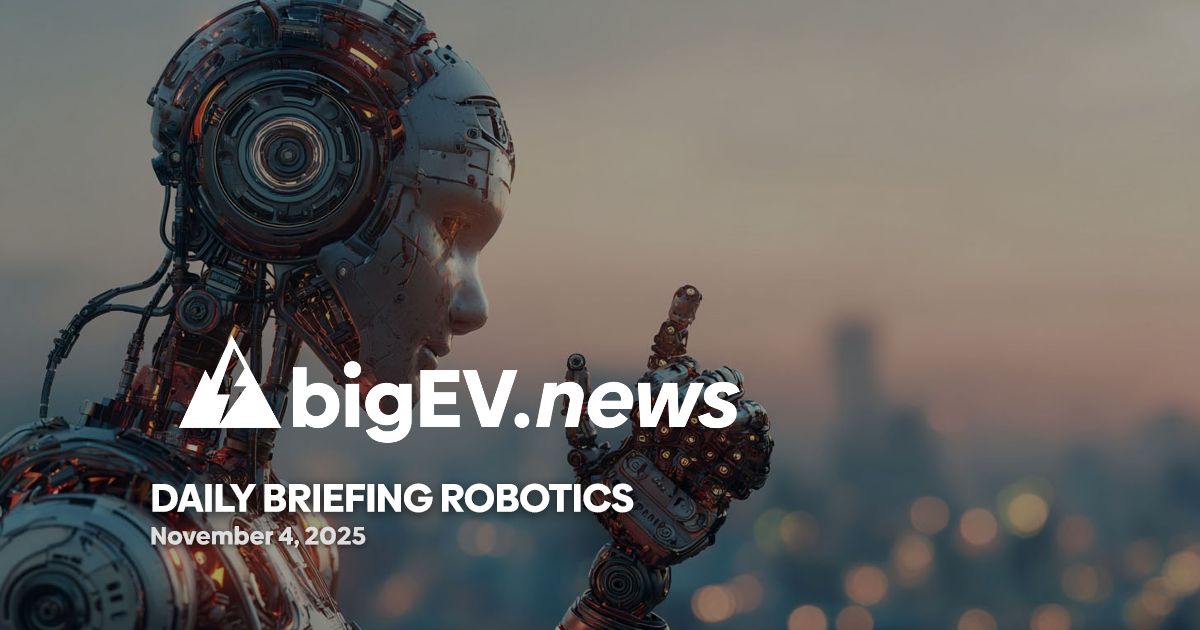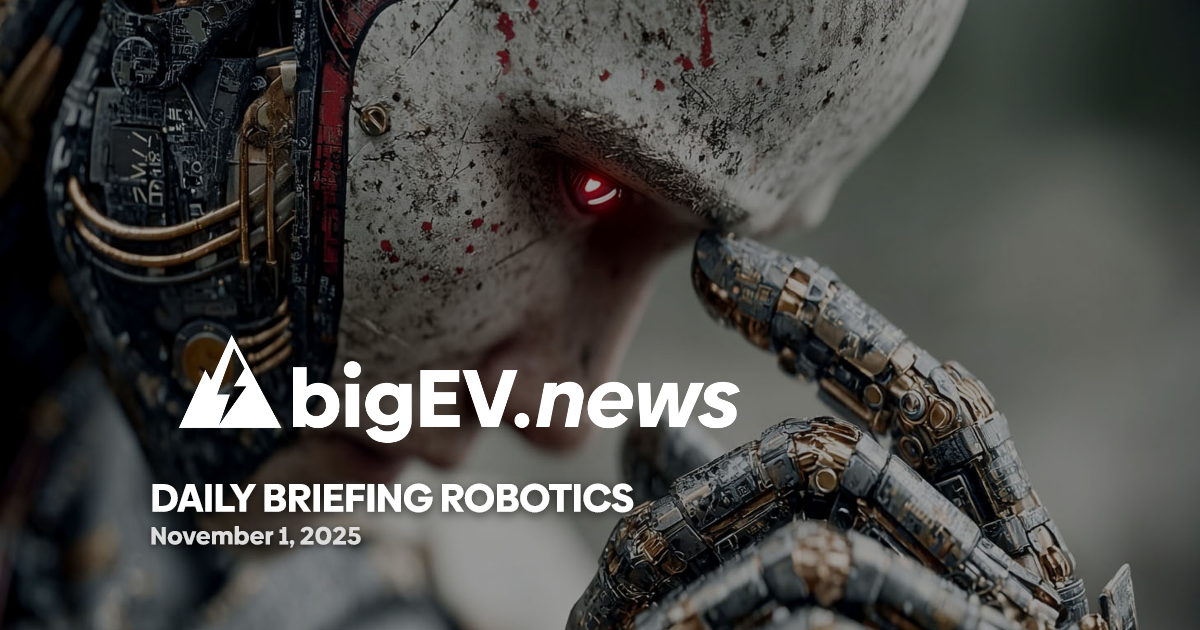AI-driven robotics platforms are transforming healthcare, logistics, and infrastructure, while new breakthroughs in autonomy, edge-cloud integration, and human-machine collaboration set the pace for global innovation.
At a glance – Robotics and AI adoption accelerate across sectors
The past 24 hours have underscored the rapid mainstreaming of robotics and AI-powered automation, with collaborative robots (cobots) and autonomous systems now integral to manufacturing, logistics, healthcare, and public environments. Industry leaders highlight a surge in investment and deployment, as AI integration enables robots to interpret data, make real-time decisions, and adapt to dynamic environments. This wave of adoption is not limited to large enterprises; small and medium-sized businesses are increasingly leveraging affordable, plug-and-produce cobots and automation platforms to address labor shortages and boost productivity. The convergence of AI, machine learning, and robotics is also driving new applications in environmental monitoring, disaster response, and education, reflecting a broadening impact that extends well beyond traditional industrial settings.
Technology advance – Cobots, embodied AI, and digital twins reshape automation
Recent technological breakthroughs are redefining the capabilities of collaborative robots and service robotics. Cobots equipped with advanced sensors and AI-powered software now perform complex, adaptive tasks alongside human workers, enhancing safety, precision, and ease of use. Embodied AI—artificial intelligence integrated directly into physical robotic systems—has emerged as a key trend, enabling robots to coordinate movements and interactions with humans intuitively. Digital twin technology is gaining traction, allowing for virtual simulation and optimization of robotic systems before physical deployment, reducing risk and accelerating innovation. In healthcare, humanoid robots with improved dexterity and customizable AI are supporting patient care, rehabilitation, and hazardous environment inspection, while in logistics and manufacturing, modular and customizable robots are meeting the demand for flexible, scalable automation solutions.
Partnerships – Strategic alliances drive edge-cloud robotics and smart infrastructure
The robotics sector is witnessing a wave of strategic partnerships aimed at integrating edge computing and cloud robotics, unlocking new levels of autonomy and intelligence. Leading technology firms are collaborating with robotics startups to develop platforms that combine real-time edge processing with cloud-based learning and fleet management. These alliances are enabling robots to operate with low latency and high reliability in mission-critical environments, from automated warehouses to connected healthcare facilities. In agriculture, joint ventures are deploying AI-powered service robots for precision farming, crop monitoring, and autonomous harvesting, while public infrastructure projects are leveraging robotics for inspection, maintenance, and disaster resilience. Such collaborations are not only accelerating technological progress but also expanding the reach of robotics into new markets and applications.
Acquisitions/expansions – Major funding and commercialization milestones
The past day has seen significant investment activity, with several robotics startups announcing major funding rounds to scale production and accelerate commercialization. Venture capital and corporate investors are backing companies developing autonomous mobile robots (AMRs), AI-driven drones, and service robots for logistics, healthcare, and smart cities. Notable deals include multi-million dollar expansions by firms specializing in edge robotics and cloud integration, as well as acquisitions aimed at consolidating expertise in AI-powered perception and navigation. These investments are fueling rapid growth, enabling startups to expand their product portfolios, enter new geographic markets, and forge partnerships with established industry players. The commercialization of advanced robotics platforms is also driving job creation and supporting the development of new skills in the workforce.
Regulatory/policy – Evolving standards, safety, and ethical frameworks
Regulatory bodies and industry associations are actively shaping the deployment of robotics and AI, with new standards and guidelines emerging to address safety, data protection, and human-machine collaboration. Recent policy updates emphasize the importance of robust safety features in collaborative robots, particularly in high-risk environments such as healthcare and public spaces. Data privacy and cyber-physical security are at the forefront, as regulators seek to ensure that robotic systems comply with stringent encryption and protection protocols. Ethical debates continue around workforce impacts, with policymakers and industry leaders advocating for responsible automation that complements human labor and prioritizes transparency, accountability, and inclusivity. The development of global frameworks for AI and robotics governance is seen as essential to fostering innovation while safeguarding public trust.
Finance/business – Market momentum, executive insights, and sector outlook
Financial markets are responding positively to the momentum in robotics and AI automation, with analysts projecting robust growth across key sectors. Executives from leading robotics firms report strong demand for AI-powered platforms that deliver operational efficiency, cost savings, and competitive advantage. The affordability and scalability of new automation solutions are lowering barriers to entry for businesses of all sizes, driving widespread adoption in manufacturing, logistics, and service industries. Market trends indicate a shift toward subscription and leasing models, making advanced robotics accessible to small and medium-sized enterprises. Industry experts highlight the transformative potential of robotics in addressing global challenges, from supply chain resilience to healthcare delivery, and anticipate continued investment and innovation as AI capabilities advance and regulatory clarity improves.
Sources: robotnik, standardbots, wiredworkers, roboticsbusinessreview, venturebeat, robotics247









